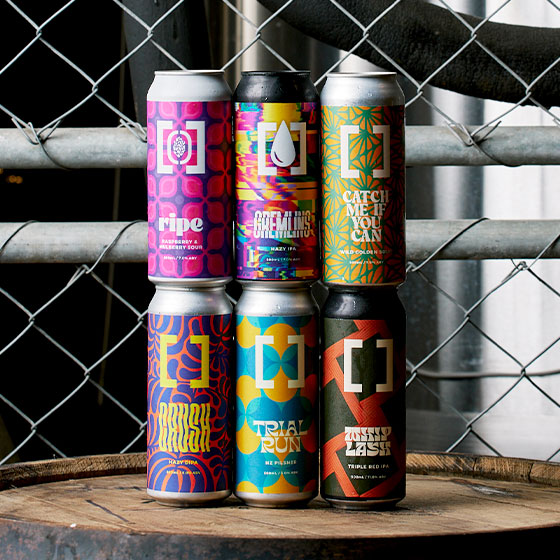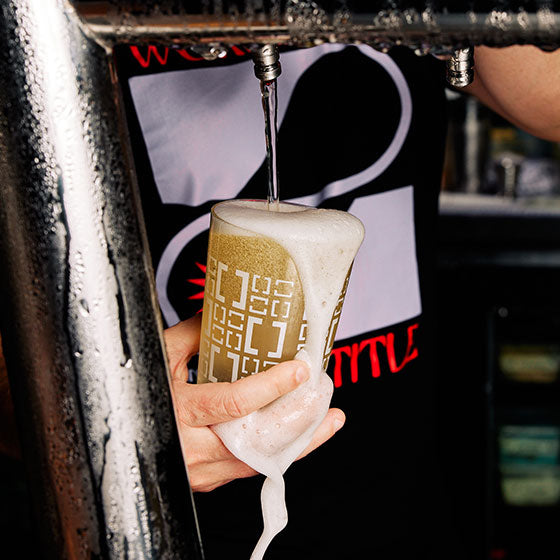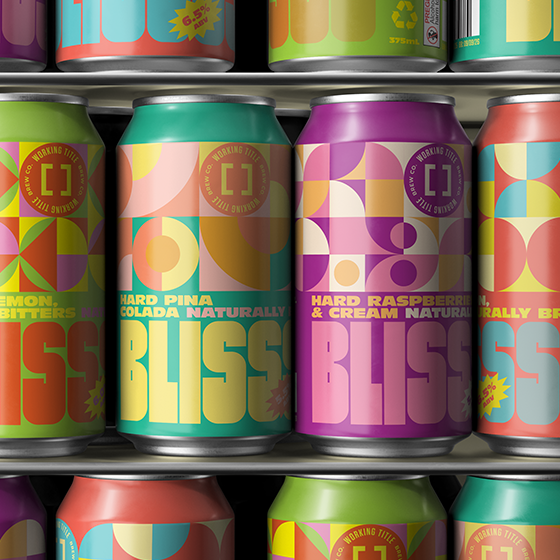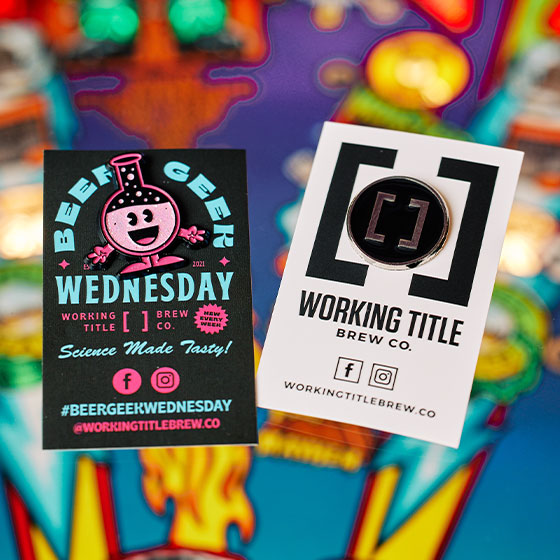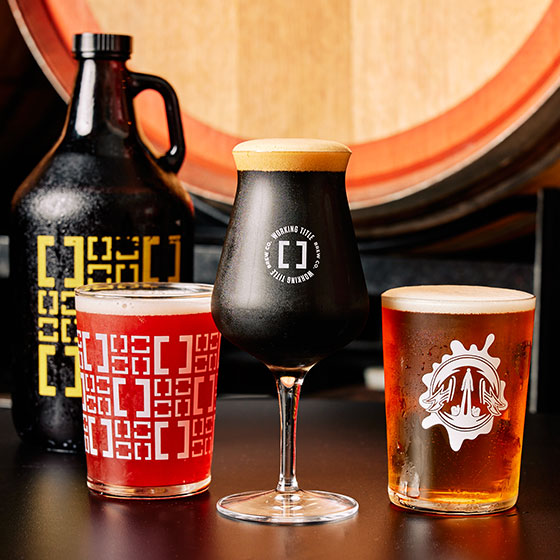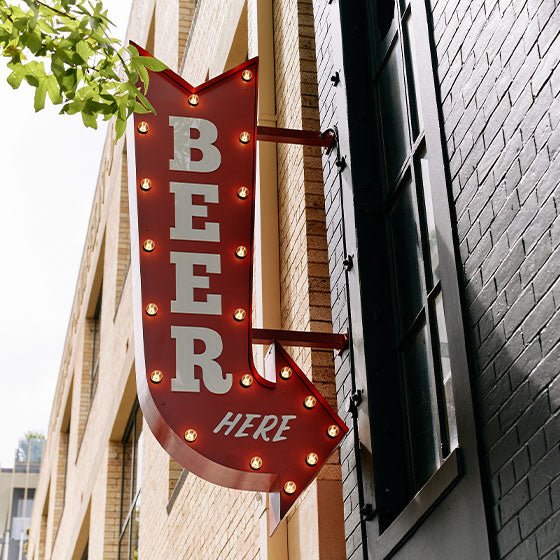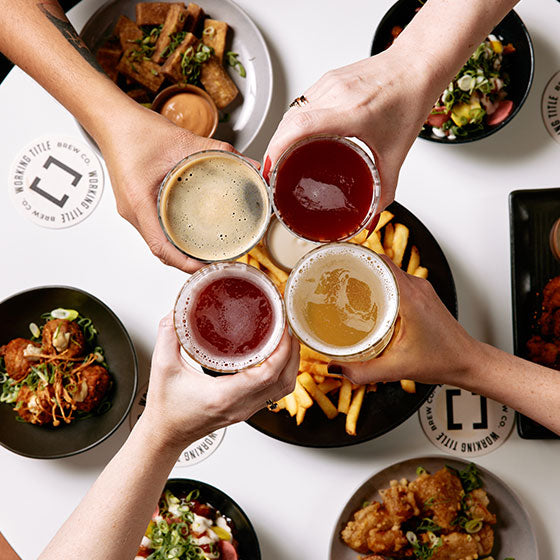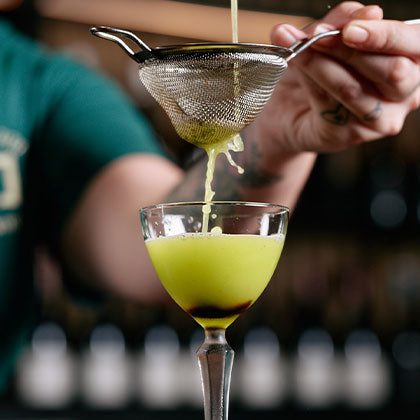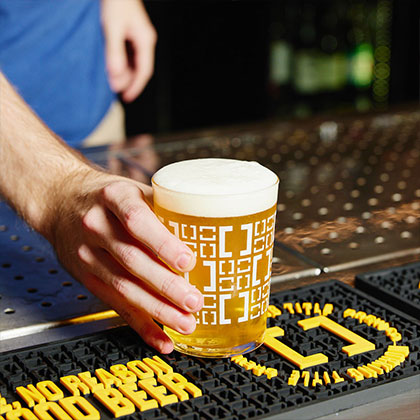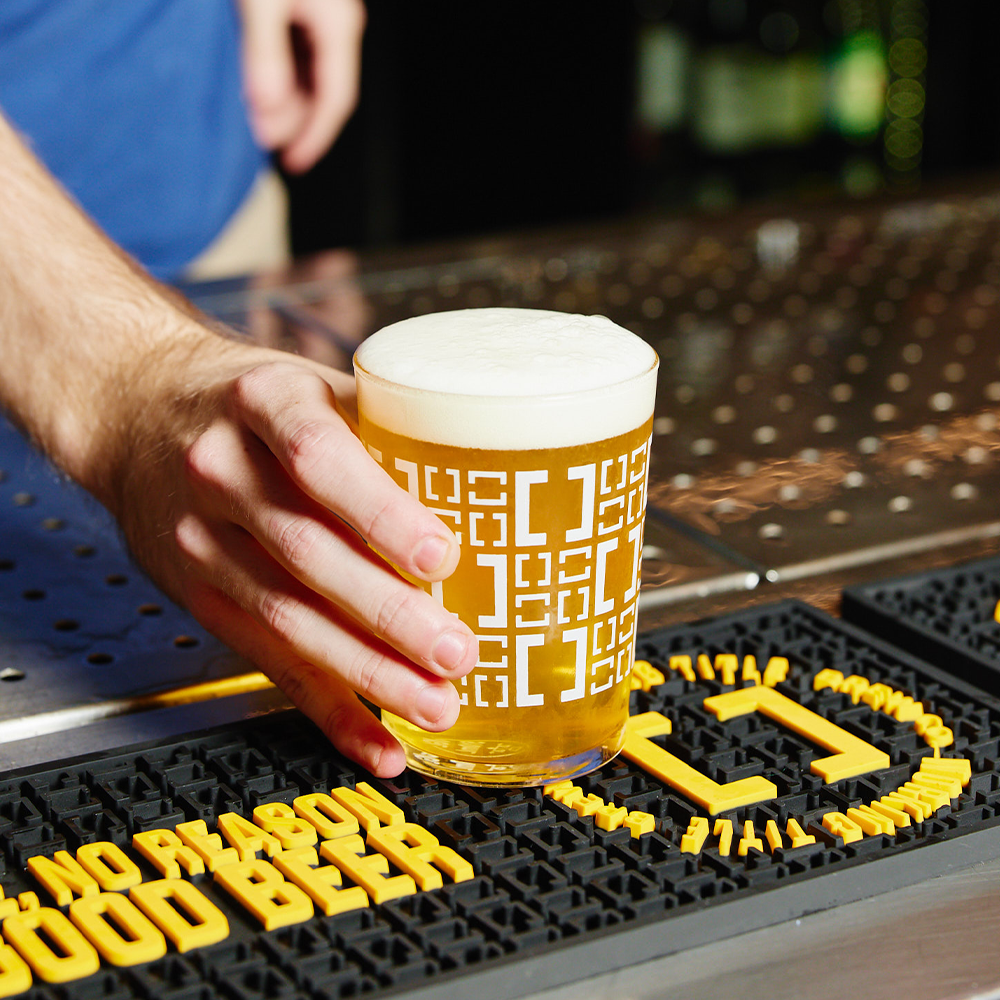As Brisbane cowers in Antarctic-like conditions, we’ve decided to whack some of our next release in a keg, destined for “Nitro”.
Imbuing a beer with Nitrogen gas (N2) was originally conceived as a way to replicate the experience of British cask ales, in a packaged product (bottles or cans). Breweries sought parameters like a creamy mouthfeel, a thick, pillowy head, and cascading bubbles. This all requires a significantly reduced level of carbon dioxide (CO2), which gives bigger bubbles and a more prickly mouthfeel. One of the major issues, however, is that N2 is far less soluble in beer than CO2. This is the same attribute that allows it to come out of solution, so aesthetically and form a thick head.
Starting at the beginning, which is right near the end of fermentation, we decided to leave the fermenting tank “open” to ambient pressure. This results in little CO2 (as a by product of fermentation) remaining in the beer, far less than normal, where we close the tank for the final 5% of fermentation. Before transferring the beer to brite tank, we took off a single keg’s worth of beer. In brite, the rest of the beer will be forced carbonated to normal levels.
In the keg, with 1/3 normal levels of CO2, we then apply straight up N2 gas at super high pressure (350kpa+). This super high pressure forces the N2 into the beer, but it takes time. The gas will be applied cold for 14-16 days, allowing a sufficient time for solubility.
The final step is pouring the beer. The best option for pouring the beer to garner that tantalising layering effect, is to run it through a special beer font. Such “nitro taps” have a restricter plate inside them, that forces the beer through tiny holes. The gas is then nucleated through these hole, quickly coming out of solution and layering in the glass.
Nitrogen, because I guess we don’t get enough headaches from making beer.

